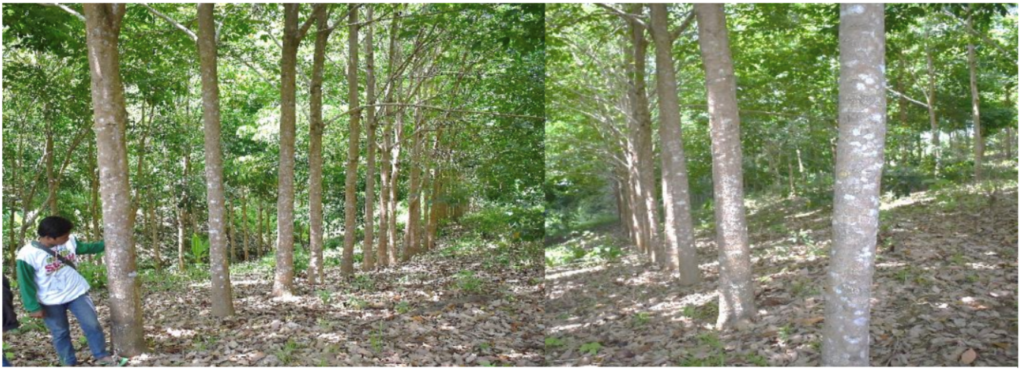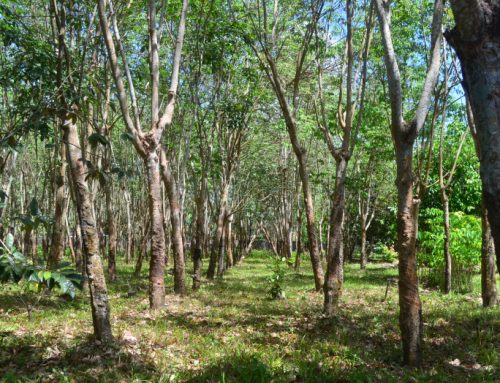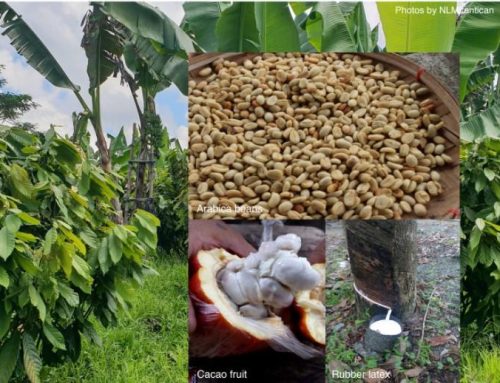In this Article



Rubber production in the Philippines is intensively cultivated in Mindanao as its traditional area because of its favorable agro-climate. Owing to its lucrative value, some farmers invested in planting rubber across Luzon and Visayas or NTAs (locations where a commodity is not commonly grown and developed) regardless of the site-species compatibility. Gearing up towards increasing the production of the country, the PhilRubber considered planting expansion in these regions. This study assessed the growth and yield performance of rubber in NTAs covering 10 provinces. Selective sampling was used and tapped areas with productive trees. The study validated more or less 4,244.8 ha of area cultivated with rubber. Its agro-climate lies within the requirement of the crop, there were more than 478,000 ha identified suitable locations potential for planting expansion. Seventy five percent of these provinces lack technical skills in rubber production and ±55% grew unbudded rubber. The top three well-performing clones are USM 1 (55 cm), PB 260 (52 cm), and PB 330 (47 cm) at the mature stage (6-10 years old). New rubber clones RRIM 3001, 2025, and 929 at an immature stage have girth of 30 cm (3-3.5 years old), and 48 cm (6 years old), these indicated comparable growth in traditional areas. Five provinces yielded cup lump, Palawan obtained the highest of 2,875 kg/ha/yr followed by Negros Oriental (2,845 kg/ha/yr) and the least harvest from Quezon (2,050 kg/ha/yr). These were attributed to the planting materials and management practices. Growth and yield also showed comparable performance in Mindanao. Eighteen different foliar pathogens and three-panel diseases were present with light level infections (10-25%). Profitability analysis indicated positive ROI, but there was limited market access. This study concluded that rubber can productively grow in NTAs and its growth and yield can potentially be improved providing the adoption of good cultural management practices.







